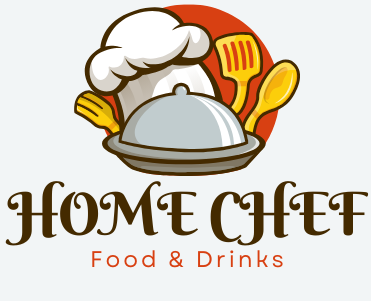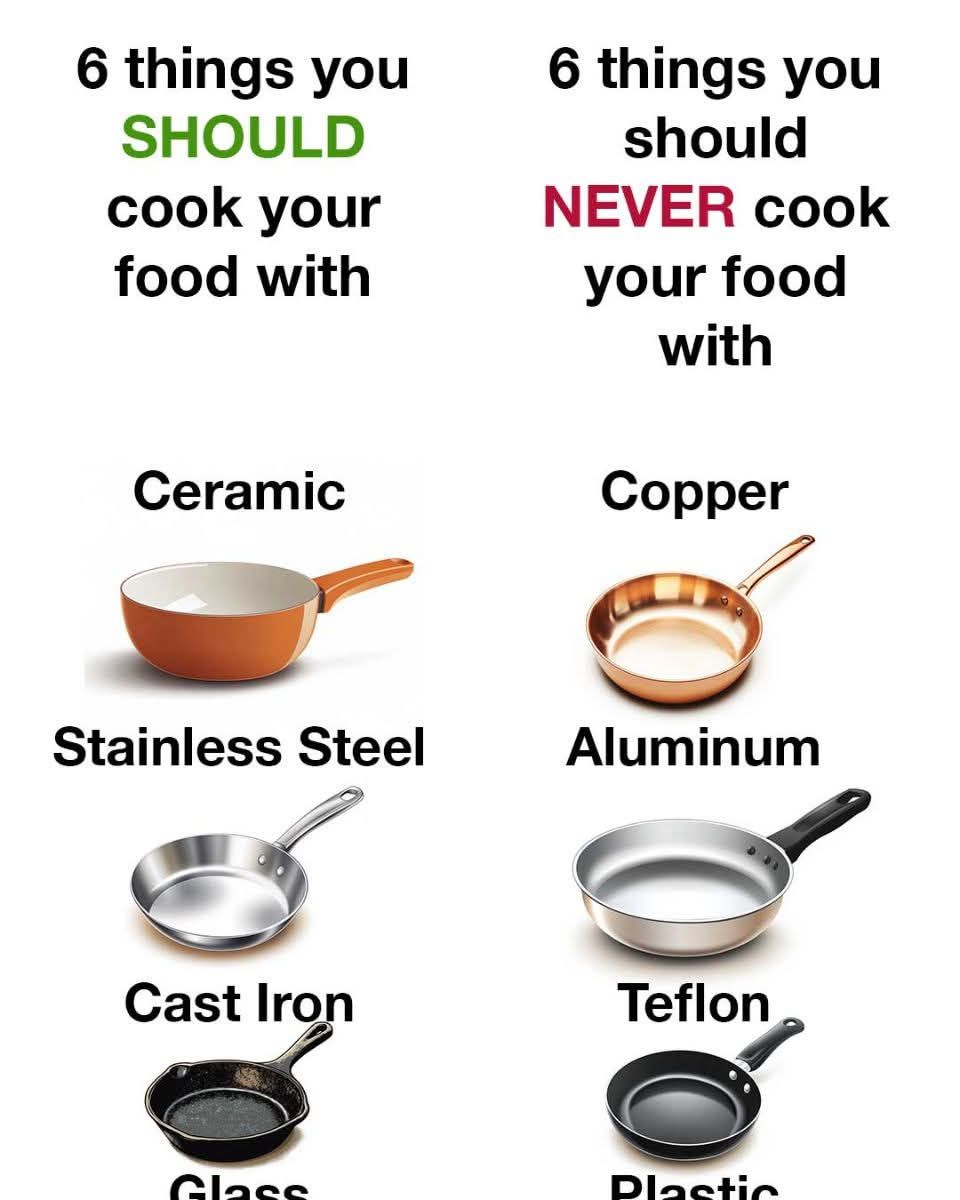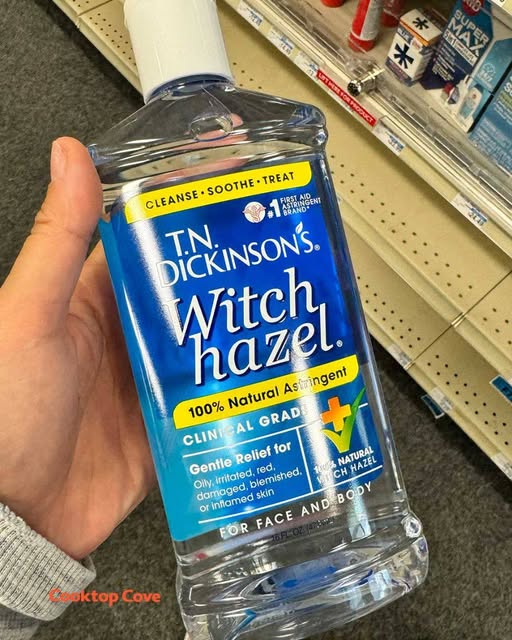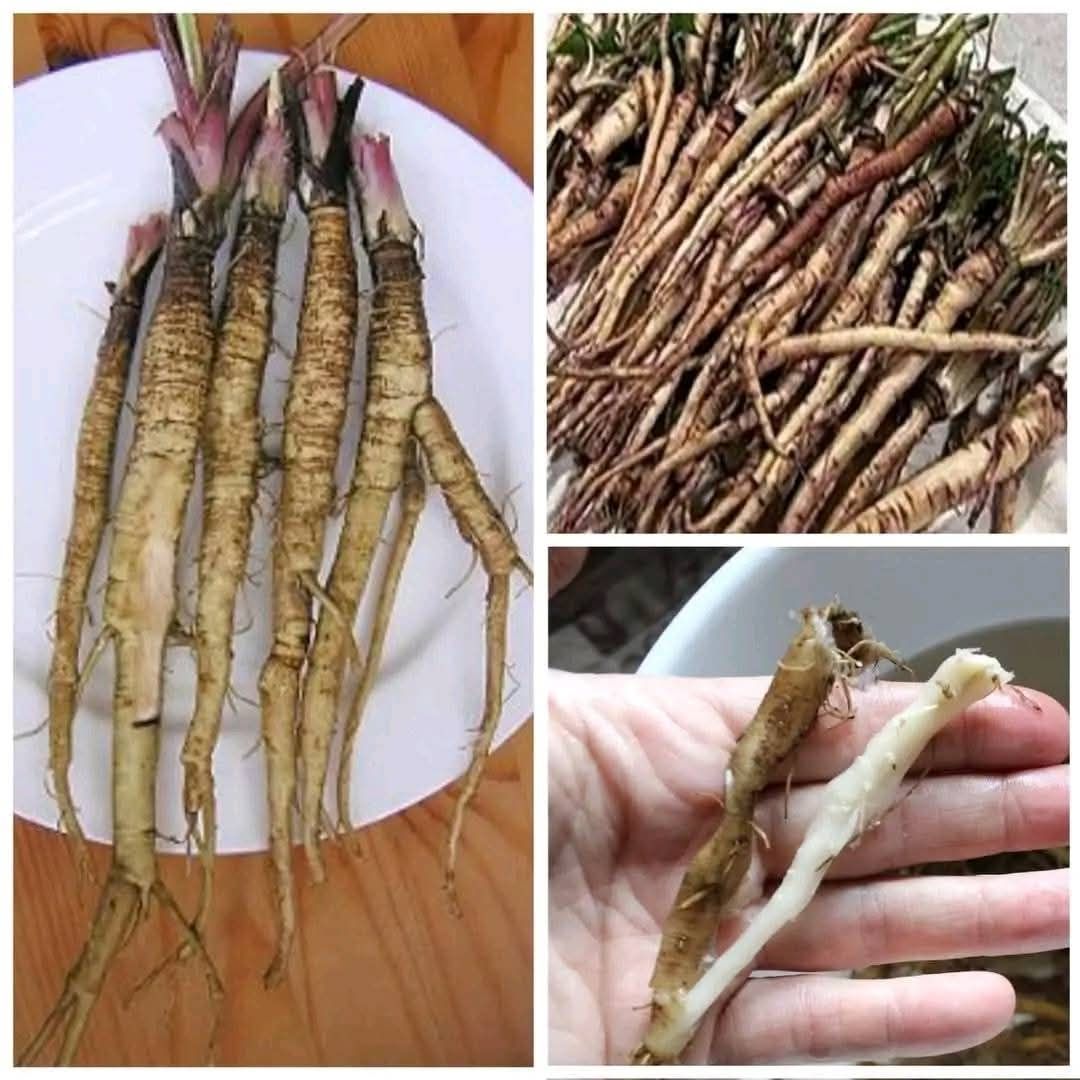Cooking is more than just a necessity; it’s a way to express creativity, nourish the body, and share moments with loved ones. But did you know that the materials you use for cooking can significantly influence both the nutritional value and safety of the food you prepare? The cookware you choose can impact how your food tastes, how healthy it is, and how safe it remains for consumption. With a multitude of cookware materials available today, knowing which ones to embrace and which ones to avoid is key to creating the best meals possible. In this article, we’ll explore six materials that are excellent for cooking and six that should be avoided to ensure the safety and quality of your food.
6 Materials You Should Cook Your Food With
When choosing cookware, it’s important to consider factors such as heat distribution, reactivity with foods, ease of maintenance, and safety. Some materials are celebrated for their cooking properties and overall safety, making them perfect for both amateur and professional chefs alike.
1. The Benefits of Cooking with Ceramic
Ceramic cookware is well-regarded for its ability to distribute heat evenly, making it perfect for slow cooking and simmering. One of the key advantages of ceramic cookware is its non-reactive nature. Unlike some metals, ceramic will not leach chemicals into your food, preserving both flavor and nutritional value. This makes it a great choice for cooking sensitive dishes like soups, stews, and sauces. Ceramic is also easy to clean, and many ceramic cookware options come with a non-stick coating, reducing the need for oils and fats while cooking.
Pros of Ceramic Cookware:
- Non-reactive, so it doesn’t alter the flavor of food.
- Easy to clean, reducing the need for excessive scrubbing.
- Offers even heat distribution for consistent cooking.
- Often non-stick, requiring less oil or butter for cooking.
Best Use: Perfect for baking, slow-cooking, and preparing delicate dishes such as casseroles and rice.
2. Why Stainless Steel is a Reliable Choice
Stainless steel is one of the most widely used materials in professional kitchens, and for good reason. It’s durable, resistant to rust and corrosion, and incredibly versatile. Stainless steel doesn’t react with acidic or alkaline foods, ensuring that your ingredients maintain their original flavor. It’s perfect for high-heat cooking methods like searing, sautéing, and browning. Furthermore, stainless steel cookware is non-porous, meaning it won’t absorb food odors or stains.
Pros of Stainless Steel Cookware:
- Highly durable and long-lasting.
- Resistant to rust and corrosion, making it ideal for frequent use.
- Non-reactive with acidic or alkaline foods, keeping the taste of your food intact.
- Easy to clean and maintain.
Best Use: Excellent for sautéing, searing, and stir-frying. Ideal for both stovetop and oven use.
3. The Advantages of Using Cast Iron
Cast iron is a time-tested cookware material known for its superior heat retention and even heat distribution. It can go from stovetop to oven with ease, making it incredibly versatile. Cast iron pans, once seasoned, develop a natural non-stick coating, allowing for lower-fat cooking while maintaining the ability to sear food at high temperatures. Additionally, cooking with cast iron can add a small amount of iron to your food, an essential mineral that supports healthy red blood cells.
Pros of Cast Iron Cookware:
- Excellent heat retention and even cooking.
- Naturally non-stick when properly seasoned.
- Can be used on the stovetop, in the oven, or even over an open flame.
- Adds trace amounts of iron to your food, boosting its nutritional value.
Best Use: Perfect for frying, roasting, baking, and braising. Great for dishes like cornbread, steaks, and stews.
4. Exploring the Use of Glass in Cooking
Glass cookware is a great option for those who prefer a non-toxic, non-reactive material. It doesn’t interact with food, preserving both the taste and nutritional content. Glass is also transparent, allowing you to easily monitor the cooking process. It’s often used for baking and roasting, and its non-porous nature means it won’t absorb odors or stains from food.
Pros of Glass Cookware:
- Non-reactive, preserving the taste of food.
- Transparent, allowing you to check food without lifting the lid.
- Non-porous, so it doesn’t absorb food odors or flavors.
- Easy to clean and maintain.
Best Use: Ideal for baking, roasting, and storing leftovers. Great for dishes like casseroles and lasagna.
5. The Versatility of Enamel Cookware
Enamel cookware is often made with a cast iron base, offering all the benefits of cast iron cooking while adding a smooth, easy-to-clean surface. It’s non-reactive, making it perfect for cooking acidic foods like tomato sauces and stews. Enamel cookware comes in a variety of colors, adding a bit of aesthetic flair to your kitchen. It’s perfect for both high-heat cooking and low-and-slow braising.
Pros of Enamel Cookware:
- Non-reactive, making it ideal for cooking acidic foods.
- Excellent heat retention and distribution.
- Easy to clean and maintain.
- Available in various colors and designs.
Best Use: Ideal for slow-braising, stewing, and cooking soups or sauces.
6. Why Carbon Steel is Gaining Popularity
Carbon steel cookware is similar to cast iron, but it’s lighter and more responsive to heat. Over time, it develops a natural patina that creates a non-stick surface, making it perfect for searing and stir-frying. Carbon steel is favored by professional chefs for its versatility, high-heat resistance, and ability to cook food quickly and evenly. It’s also very durable when properly seasoned.
Pros of Carbon Steel Cookware:
- Lightweight and responsive to heat.
- Develops a natural non-stick patina with use.
- Great for high-heat cooking like stir-frying and sautéing.
- Durable and long-lasting when well-maintained.
Best Use: Ideal for stir-frying, sautéing, and searing. Great for use on both stovetops and in ovens.
6 Materials You Should Never Cook Your Food With
While some materials are fantastic for cooking, others can be harmful to your health or degrade the quality of your food. Below are six materials you should avoid when selecting cookware.
1. The Risks of Cooking with Copper
Copper cookware offers excellent heat conductivity, making it highly responsive to changes in temperature. However, unlined copper can leach copper into food, which can be toxic when consumed in large amounts. Copper can react with acidic foods, such as tomatoes or vinegar, causing both discoloration and contamination. If you choose copper cookware, make sure it is lined with a non-reactive material, such as stainless steel, to avoid health risks.
Risks of Copper Cookware:
- Unlined copper can leach harmful amounts of copper into food.
- Reacts with acidic foods, causing potential contamination.
- Can cause food to taste metallic.
Best Use: Only use lined copper cookware to mitigate risks.
2. Why Aluminum Cookware is Not Ideal
Aluminum is lightweight and inexpensive, but it is a reactive metal. Cooking with aluminum can cause it to leach into food, especially when cooking acidic or salty dishes. Over time, this can alter the taste of your food and may pose long-term health risks. While anodized aluminum is a safer option, regular aluminum should be avoided for daily cooking.
Risks of Aluminum Cookware:
- Can leach into food, especially with acidic or salty dishes.
- Alters the taste of food and may affect its nutritional value.
- Prolonged exposure to aluminum has been linked to potential health concerns.
Best Use: Choose anodized aluminum cookware if you must use aluminum.
3. The Dangers of Teflon and Non-Stick Surfaces
Teflon-coated cookware offers convenience due to its non-stick properties, but there are health risks associated with overheating it. When Teflon is heated beyond certain temperatures, it can release harmful chemicals, including perfluorooctanoic acid (PFOA), which has been linked to health issues such as respiratory problems and developmental delays. To avoid risks, use non-stick cookware only at low to medium heat.
Risks of Non-Stick Cookware:
- Releases harmful chemicals when overheated.
- Linked to health issues like respiratory problems and developmental delays.
Best Use: Avoid non-stick cookware or use it at low temperatures.
4. Avoiding Plastic in Cooking
Plastic cookware and utensils may seem convenient, but they can release harmful chemicals, such as BPA, when exposed to high heat. Even plastic labeled as microwave-safe can degrade over time, leaching chemicals into your food. For your health and safety, avoid using plastic in cooking and opt for safer alternatives, such as glass, stainless steel, or silicone.
Risks of Plastic Cookware:
- Can leach harmful chemicals like BPA when exposed to heat.
- Can melt or warp at high temperatures, contaminating food.
Best Use: Use glass, stainless steel, or silicone instead of plastic for cooking.
5. The Limitations of Silicone Cookware
Silicone cookware is generally considered safe for baking, but it can degrade at high temperatures, potentially releasing harmful chemicals into your food. Silicone items are not designed for direct heat cooking, so avoid using them for high-heat methods like frying or grilling. It’s best used for moderate-temperature baking.
Risks of Silicone Cookware:
- Can degrade at high temperatures, releasing chemicals into food.
- Not suitable for direct high-heat cooking.
Best Use: Use silicone for baking at moderate temperatures only.
6. Why Lead-Based Cookware Should Be Avoided
Lead is a toxic substance that can cause severe health problems, including neurological damage. Some older or imported cookware, particularly those with colorful glazes, may contain lead. It’s important to ensure that all cookware is lead-free, especially if you’re using decorative or antique pieces.
Risks of Lead Cookware:
- Lead is a toxic metal that can cause serious health issues, including developmental and neurological damage.
- Certain traditional or imported cookware may contain lead.
Best Use: Always check that your cookware is lead-free to avoid health risks.
Conclusion: Making Informed Choices for Healthier Cooking
Choosing the right cookware is essential for preparing delicious, nutritious meals while protecting your health. By opting for materials such as ceramic, stainless steel, and cast iron, you can enjoy safer cooking with better results. Conversely, avoiding materials like copper, aluminum, and non-stick coatings can help you steer clear of harmful chemicals and contaminants. Making informed decisions about your cookware not only enhances your culinary experience but also supports a healthier lifestyle for you and your loved ones. Whether you’re a seasoned chef or a home cook, choosing the right tools can transform your meals and your kitchen into a safe and productive space for culinary adventures.





